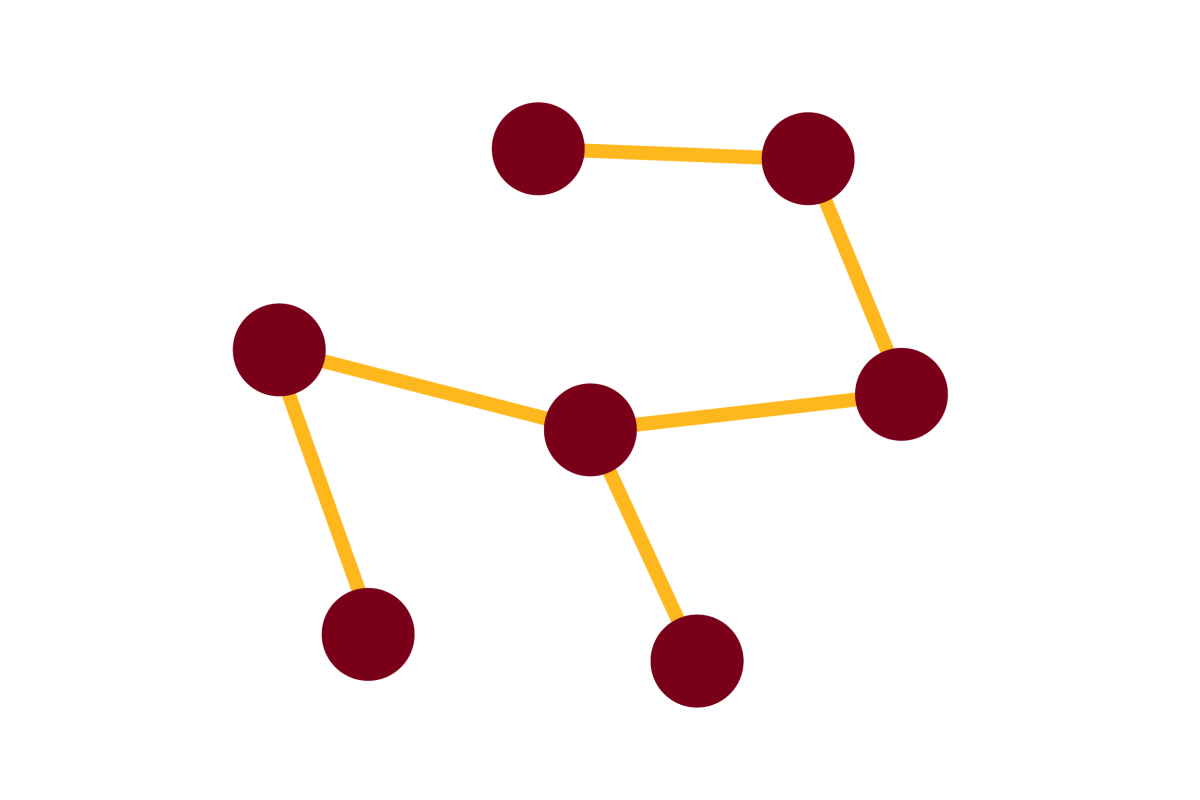Probing ion channel functional architecture and domain recombination compatibility by massively parallel domain insertion profiling [journal]

Journal
Nature Communications - December 8, 2021
Authors
Willow Coyote-Maestas, David Nedrud, Antonio Suma, Yungui He, Kenneth A Matreyek, Douglas M Fowler, Vincenzo Carnevale, Chad L Myers (professor), Daniel Schmidt
Abstract
Protein domains are the basic units of protein structure and function. Comparative analysis of genomes and proteomes showed that domain recombination is a main driver of multidomain protein functional diversification and some of the constraining genomic mechanisms are known. Much less is known about biophysical mechanisms that determine whether protein domains can be combined into viable protein folds. Here, we use massively parallel insertional mutagenesis to determine compatibility of over 300,000 domain recombination variants of the Inward Rectifier K+ channel Kir2.1 with channel surface expression. Our data suggest that genomic and biophysical mechanisms acted in concert to favor gain of large, structured domain at protein termini during ion channel evolution. We use machine learning to build a quantitative biophysical model of domain compatibility in Kir2.1 that allows us to derive rudimentary rules for designing domain insertion variants that fold and traffic to the cell surface. Positional Kir2.1 responses to motif insertion clusters into distinct groups that correspond to contiguous structural regions of the channel with distinct biophysical properties tuned towards providing either folding stability or gating transitions. This suggests that insertional profiling is a high-throughput method to annotate function of ion channel structural regions.
Link to full paper
Keywords
bioinformatics, computational biology